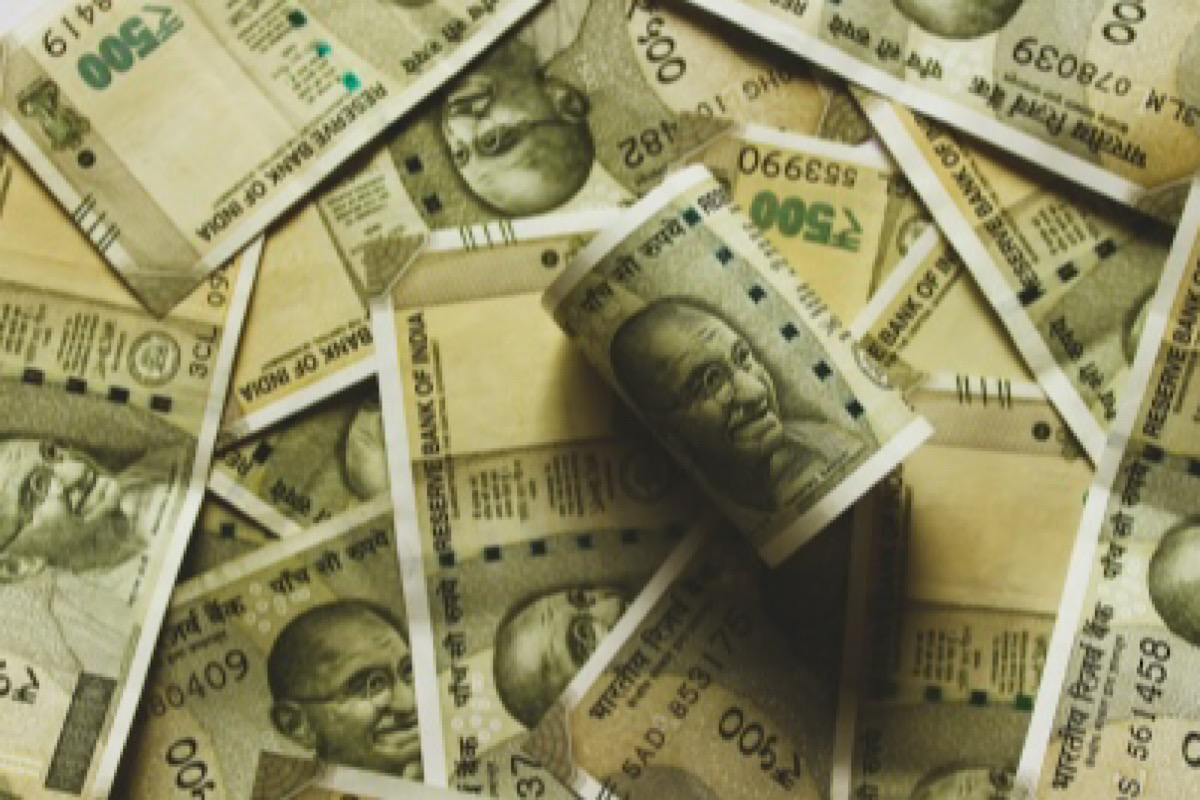The Indian rupee’s surge to a two-month high on Thursday signals a broader shift in the global economic landscape, influenced not just by domestic factors but by international dynamics as well. This rally is not an isolated event but part of a larger trend where the performance of Asian currencies, particularly the Chinese yuan, has had a cascading effect across the region. As the yuan strengthens, so too do other currencies like the rupee, reflecting the interconnectedness of regional economies in today’s financial markets.
One of the major catalysts for the rupee’s rise is the US Federal Reserve’s decision to implement a significant 50 basis points cut in interest rates. This move has reverberated through global markets, leading to a weakening of the US dollar and boosting the appeal of emerging market currencies like the rupee. The cut was larger than anticipated, signalling that the Fed is focused on addressing macroeconomic concerns such as inflation and slowing growth. For India, this has translated into improved investor sentiment, with foreign inflows contributing to the rupee’s strengthening. However, while this rise in the rupee is a positive indicator of foreign investor confidence, it is important to consider the broader implications for India’s economy, especially exports. A stronger rupee may negatively impact the price competitiveness of Indian goods in global markets, making it harder for exporters to maintain their profit margins.
Advertisement
This presents a delicate balancing act for India’s central bank, which will likely continue intervening to manage the rupee’s appreciation while ensuring that India’s export-driven sectors are not adversely affected. In this context, it’s notable that the Reserve Bank of India appears comfortable with the rupee’s current appreciation, at least in the short term. While the RBI has a history of intervening in currency markets to prevent excessive volatility, its apparent decision to allow the rupee to rise suggests that it may prioritise building up foreign exchange reserves through dollar inflows. These reserves are critical for maintaining financial stability, especially given the on-going global uncertainty. At the same time, the US dollar’s volatility remains a key factor to watch. Despite a temporary rebound, the dollar’s value is under pressure as markets digest the implications of the Fed’s rate cut.
Experts suggest that the dollar may regain strength in the medium term, which could impact the rupee’s upward trajectory. For now, though, the rupee’s rise seems to align with regional trends, driven in part by the yuan’s rally. The rupee’s surge represents a mo – ment of optimism for India’s financial markets, buoyed by global economic shifts. While this is encouraging for foreign investments and domestic market sentiment, the long-term implications for exports and overall economic balance will depend on how the central bank manages this appreciation. India must remain vigilant in ensuring that a strong rupee does not come at the cost of broader economic growth









